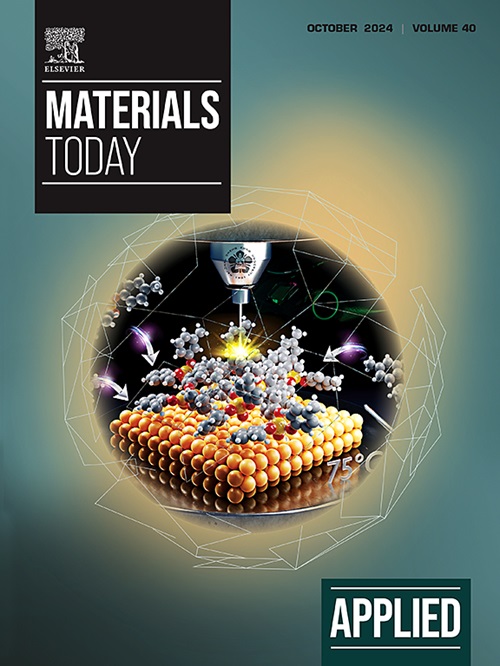Nasal cartilage tissue engineering materials based on 3D bioprinting: Seed cells and dECM
IF 6.9
2区 材料科学
Q1 MATERIALS SCIENCE, MULTIDISCIPLINARY
引用次数: 0
Abstract
The nasal cartilage plays a crucial role in supporting the nose and facilitating respiration, however has a limited regenerative capabilities once damaged. Nasal cartilage tissue engineering presents a promising avenue for addressing cartilage lesions and regeneration. Additionally, surgical procedures such as tumor removal, trauma reconstruction, or rhinoplasty require the surgeon to meticulously shape the cartilage to conform to the patient's individual contours, a task that is both time-consuming and challenging. The advent of three-dimensional (3D) bioprinting technology provides a potential solution to this predicament, as it enables the precise fabrication of intricate and personalized tissue constructs. Furthermore, the decellularized extracellular matrix (dECM) with native 3D structures and various bioactive components, which mimic an optimal non-immune environment combined with the seed cell, especially stem cell-recellularized construct, is considered an ideal choice for regenerating functional organs/tissues. In view of this, the paper provides a comprehensive overview of the 3D bioprinting technologies and seed cells and dECM biomaterials for 3D bioprinting nasal cartilage tissue engineering, and look forward to the application prospect of 3D bioprinting of nasal cartilage regeneration research.基于三维生物打印技术的鼻软骨组织工程材料:种子细胞和 dECM
鼻软骨在支撑鼻子和促进呼吸方面起着至关重要的作用,但一旦受损,其再生能力有限。鼻软骨组织工程为解决软骨损伤和再生问题提供了一条前景广阔的途径。此外,肿瘤切除、创伤重建或鼻整形等外科手术需要外科医生根据患者的个人轮廓精心塑造软骨,这项任务既耗时又具有挑战性。三维(3D)生物打印技术的出现为这一困境提供了潜在的解决方案,因为它可以精确地制造复杂的个性化组织结构。此外,脱细胞细胞外基质(decellularized extracellular matrix,dECM)具有原生三维结构和各种生物活性成分,能模拟最佳的非免疫环境,与种子细胞,特别是干细胞再细胞化构建体相结合,被认为是再生功能器官/组织的理想选择。有鉴于此,本文全面综述了3D生物打印技术及种子细胞和dECM生物材料在3D生物打印鼻软骨组织工程中的应用,并展望了3D生物打印鼻软骨再生研究的应用前景。
本文章由计算机程序翻译,如有差异,请以英文原文为准。
求助全文
约1分钟内获得全文
求助全文
来源期刊

Applied Materials Today
Materials Science-General Materials Science
CiteScore
14.90
自引率
3.60%
发文量
393
审稿时长
26 days
期刊介绍:
Journal Name: Applied Materials Today
Focus:
Multi-disciplinary, rapid-publication journal
Focused on cutting-edge applications of novel materials
Overview:
New materials discoveries have led to exciting fundamental breakthroughs.
Materials research is now moving towards the translation of these scientific properties and principles.
 求助内容:
求助内容: 应助结果提醒方式:
应助结果提醒方式:


